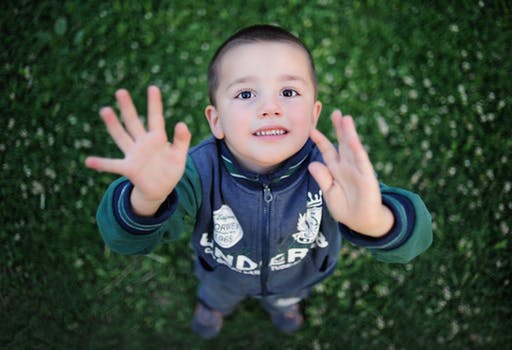Life with autism is full of acronyms. From the first IFSP (Individualized Family Service Plan) meeting and the use of PECS (Picture Exchange Communication System) to the last IEP (Individual Education Plan), we SPED (Special Education) parents are bombarded with a list of acronyms to learn and use. It seems like such an odd element of an already challenging existence.
I remember being at Neil’s first IFSP meeting, when he was three. I felt overwhelmed and underinformed. Back in 1997, autism was not the buzzword it is now. Most parents of now-teens experienced untold frustration trying to research autism information, therapy, symptoms, etc., when their children were first diagnosed. The internet was not the resource it is today, and all the books I could find on autism were archaic, bleak, and (I felt at the time) of no help to me. My local Barnes & Noble had two books on autism: Let Me Hear Your Voice, by Catherine Maurice, and The Siege, by Clara Claiborne Clark. I flipped through both of them there in the store, got a lump in my throat, felt the desire to slip into denial (the ‘how could he be autistic? he smiles and lets me hug him!’ self-talk), and left. I did wind up reading those books at a later date, and I came to consider them an invaluable source of encouragement. Back then I wasn’t ready.
I went to that first IFSP meeting blind. The therapists started talking about PECS, SI (Sensory Integration), and OT (Occupational Therapy) and I was completely lost. It wasn’t until months later that I learned that the intensive program that Neil was enrolled in was actually ABA (Applied Behavior Analysis) -based. I learned about various other therapies, including AIT (Auditory Integration Training), FC (Facilitated Communication), and later, the GF/CF (gluten-free/casein-free) diet. When I had internet service I looked up the DAN (Defeat Autism Now) program and joined ASA (Autism Society of America) and read about the federal Individuals with Disabilities Education Act (IDEA). I needed a glossary to keep them all straight.
Now when I go to my local Barnes & Noble, there is an entire section devoted to autism-related topics, not just two books mixed in the Special Needs shelf (yes, in 1997 there was only a single shelf for all books on special needs children). And now on their website, under the category of Autism and Asperger’s Syndrome, there are 26 subtopics listed and 462 individual books available having to do with autism. That is amazing to me, and wonderful. And many of them have glossaries defining all the autism acronyms I’ve come to know and love.


Pingback: Teen Autism » Blog Archive » My First Blogoversary!
Pingback: Teen Parenting - Tanya Savko - Autism Spectrum Disorders Resources on http://www.abilityparenting.com